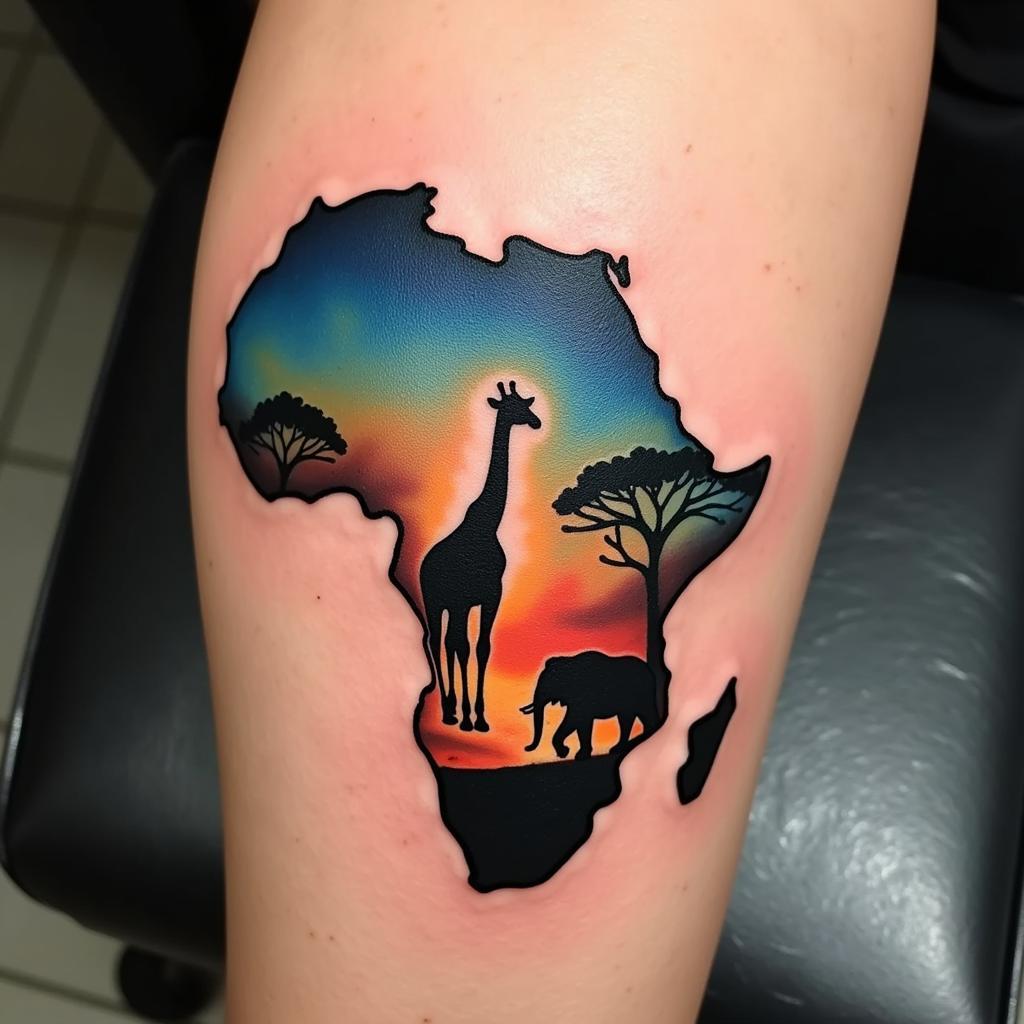African Hair Braiding in Japan: A Cultural Crossroads
African hair braiding has seen a surge in popularity globally, and Japan is no exception. From intricate cornrows to stylish box braids, these traditional hairstyles are becoming increasingly sought after by individuals embracing diversity and expressing their personal style. This article delves into the vibrant world of African Hair Braiding In Japan, exploring its cultural significance, the growing demand, and the challenges and opportunities it presents.
Discovering the Art of African Hair Braiding in Japan’s Cities
The rise of African hair braiding in Japan is a testament to the country’s growing multiculturalism. While traditionally Japanese hairstyles have focused on straight, dark hair, there’s a growing appreciation for the intricate artistry and unique beauty of African braiding styles. This trend is especially prominent in cosmopolitan cities like Tokyo and Osaka, where diverse communities thrive. These cities offer a haven for skilled braiders, often from African countries, who bring their expertise and cultural heritage to Japan’s beauty scene. These braiders not only provide a much-needed service but also act as cultural ambassadors, sharing their traditions and stories with a new audience.
Braiding is more than just a hairstyle; it’s a form of self-expression, a celebration of cultural identity, and often a social activity. In many African communities, braiding is passed down through generations, carrying with it stories, traditions, and a sense of belonging. This rich history and cultural significance are now being shared and embraced in Japan, adding another layer to the country’s evolving fashion landscape.
Navigating the Challenges and Opportunities for African Hair Braiding in Japan
While the popularity of African hair braiding is on the rise, there are also challenges to navigate. One key aspect is the issue of cultural appropriation. It’s crucial to appreciate and respect the cultural significance of these hairstyles, avoiding any form of trivialization or disrespect. Educating clients about the history and traditions behind the braids is an essential step in promoting cultural understanding and sensitivity.
Another challenge lies in finding qualified braiders who understand the nuances of African hair textures. The demand for skilled braiders is high, and there’s a need for more training and certification programs to ensure quality service and uphold professional standards. This presents an opportunity for entrepreneurs and businesses to invest in training and development, creating more job opportunities and contributing to the growth of the African hair braiding industry in Japan.
Where to Find African Hair Braiding in Japan: Salons and Communities
Locating skilled African hair braiders in Japan is becoming increasingly easier with the growing demand. Many salons specialize in these intricate styles, often clustered in major cities like Tokyo, Osaka, and Yokohama. Online directories and social media platforms are also valuable resources for finding reputable braiders and salons. Furthermore, connecting with local African communities can offer insights and recommendations for finding authentic and experienced braiders. Word-of-mouth referrals within these communities are invaluable for finding hidden gems and ensuring a positive experience.
What are the most popular African hair braiding styles in Japan?
Box braids, cornrows, and Senegalese twists are among the most popular styles in Japan.
How much does African hair braiding cost in Japan?
Prices vary depending on the style, length, and complexity of the braids, but typically range from ¥10,000 to ¥30,000.
Embracing the Beauty and Cultural Significance of African Hair Braiding
African hair braiding in Japan represents a beautiful intersection of cultures, a celebration of diversity, and a growing appreciation for the artistry and traditions of Africa. By understanding the cultural significance, navigating the challenges, and supporting skilled braiders, we can contribute to the continued growth and appreciation of this unique art form.
Aisha Omar, a renowned hair braiding expert based in Tokyo, emphasizes the importance of cultural exchange: “Braiding is not just about hair; it’s about sharing stories, traditions, and building bridges between cultures. It’s a powerful way to connect with people and celebrate our shared humanity.”
Kendra Nkosi, a seasoned braider with over 20 years of experience, adds, “Seeing the growing appreciation for African hair braiding in Japan is incredibly rewarding. It’s a testament to the power of art and culture to transcend borders and connect people.”
FAQ
- Is it appropriate for non-Africans to wear African braids? Yes, as long as it’s done respectfully and with an understanding of the cultural significance.
- How long do African braids last? Depending on the style and maintenance, they can last anywhere from a few weeks to a couple of months.
- How do I care for my African braids? Regular moisturizing and gentle washing are key to maintaining healthy braids.
- Where can I find African braiding supplies in Japan? Specialty beauty supply stores and online retailers often carry the necessary products.
- Can I learn to do African hair braiding myself? Yes, there are resources like online tutorials and workshops available.
- Are there any cultural considerations I should be aware of? Researching the history and significance of different braid styles is a great way to show respect.
- How do I find a reputable braider in Japan? Look for recommendations online, check salon reviews, and ask within African communities.
Looking for more information on African culture in Japan? Check out our articles on African fashion and African music in Japan.
Need assistance? Contact us: Phone: +255768904061, Email: [email protected] or visit us at Mbarali DC Mawindi, Kangaga, Tanzania. We have a 24/7 customer support team.


